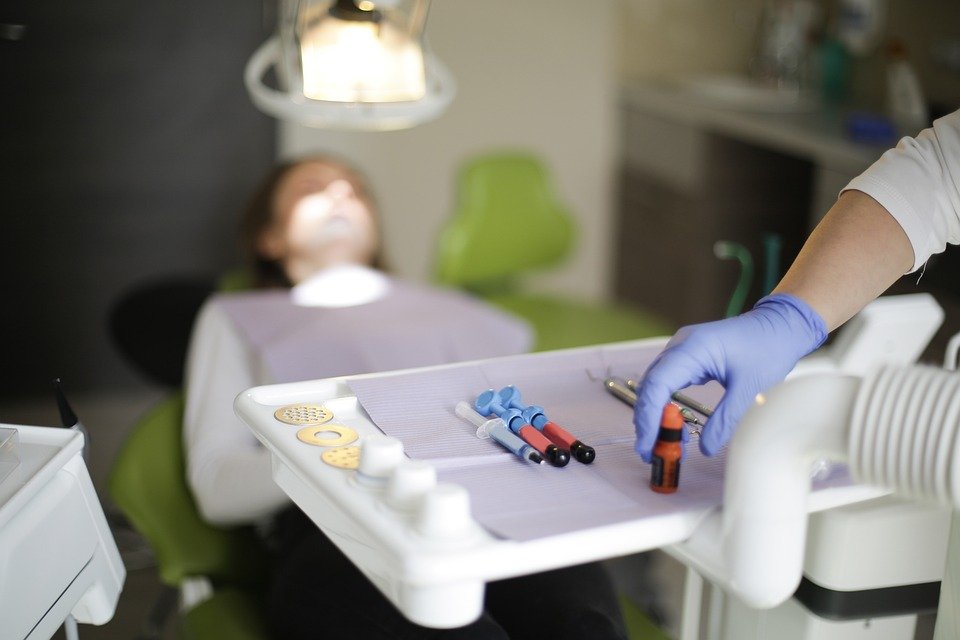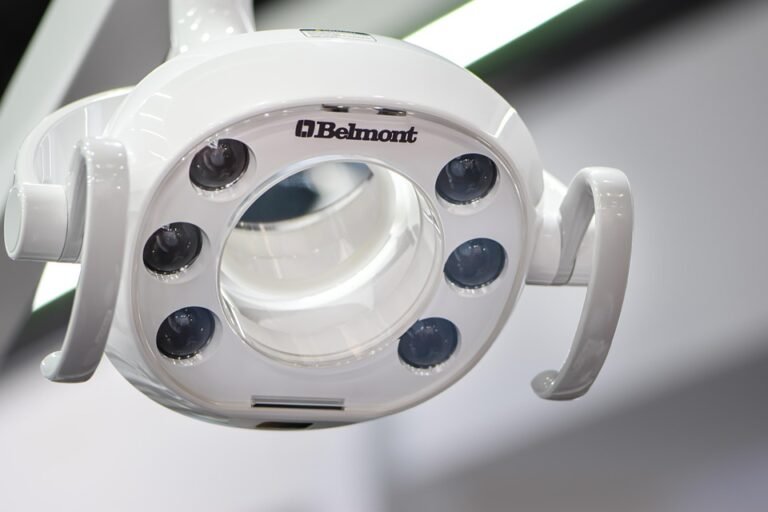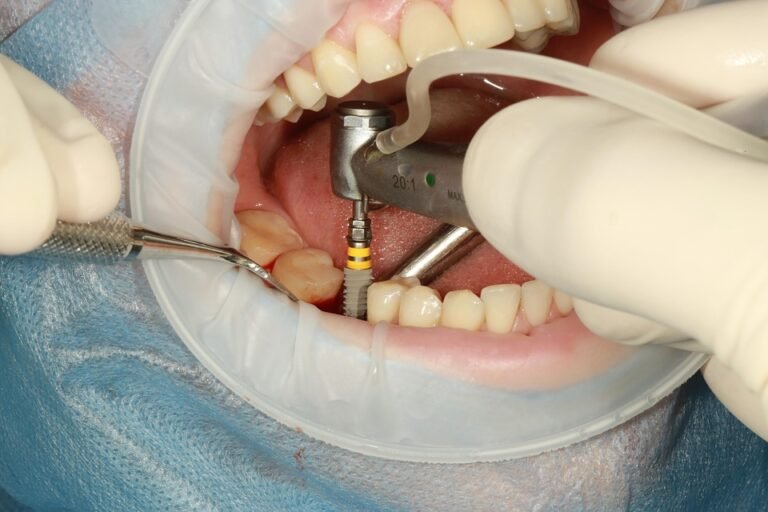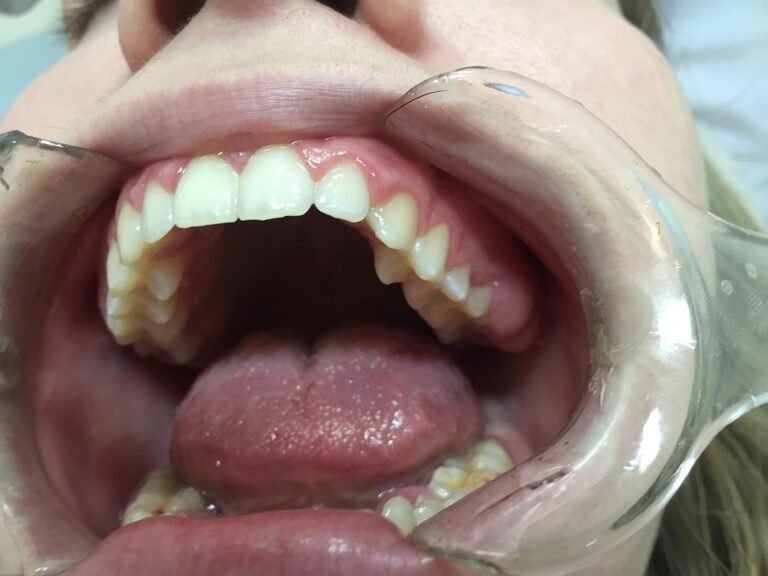How does dental photography improve communication with patients?
Okay, so I’m trying to improve the way my dental practice communicates with our patients. We’re already doing a decent job, I think, but I keep reading about how dental photography can be a game-changer. What I’m specifically struggling with is how it actually improves things.
Like, I get that it shows them what we see, but what specific instances or situations does it REALLY make a difference? Is it better for explaining treatment plans? Showing the need for cosmetic work they might not otherwise realize? Tracking progress? Documenting initial conditions for insurance claims? Is it worth the investment in equipment and training for the staff?
I’m also curious about the psychological impact. Does seeing photographic evidence make patients more likely to accept treatment? Does it build trust? I’m interested in hearing about real-world experiences, both positive and negative. Are there any potential drawbacks to using dental photography that I should be aware of? I’m mostly concerned about things like patient privacy and data security.
Basically, I want to know the concrete benefits of implementing dental photography, specifically in terms of how it enhances patient understanding and improves our communication strategies. What are the best practices and what should I watch out for?
Answer
Dental photography significantly improves communication with patients in several ways, fostering understanding, trust, and ultimately, better treatment outcomes. Here’s a detailed breakdown:
1. Enhanced Visual Understanding of Oral Health:
- Seeing is Believing: A picture is worth a thousand words, and this holds true in dentistry. Patients often struggle to visualize and understand the issues described by dentists using technical terms. Intraoral and extraoral photographs provide concrete visual evidence of their current oral health status.
- Demystifying Conditions: Photographs can clearly illustrate conditions like caries, gingivitis, periodontitis, fractured teeth, enamel wear, lesions, and malocclusion. Instead of just hearing "You have a cavity," patients can see the size and location of the decay, making the need for treatment much more apparent.
- Visualizing Treatment Needs: Photography bridges the gap between the dentist’s assessment and the patient’s perception. It allows the dentist to point out specific areas of concern, explaining the potential consequences of neglect and the benefits of proposed treatments.
- Improved Comprehension of Treatment Plans: Complex procedures like implants, orthodontics, or full mouth rehabilitations can be difficult to grasp verbally. Photographs of similar cases (with patient consent, of course) or digital mock-ups based on the patient’s photos can demonstrate the expected results, making the treatment plan more understandable and appealing.
2. Increased Patient Engagement and Informed Consent:
- Active Participation in Treatment Decisions: By visually understanding their condition and the proposed solutions, patients become more actively involved in the decision-making process. They can ask more informed questions and express their concerns more effectively.
- Shared Decision-Making: Dental photography enables a collaborative approach where the dentist and patient work together to determine the best course of action. The dentist can present different treatment options visually, discussing the pros and cons of each.
- Informed Consent: When patients can see the problem and understand the potential outcome of treatment, they can provide truly informed consent. This reduces the risk of misunderstandings or dissatisfaction later on.
3. Improved Trust and Credibility:
- Transparency and Honesty: Showing patients photographic evidence of their condition demonstrates transparency and honesty on the part of the dentist. It builds trust by substantiating the diagnosis and treatment recommendations.
- Professionalism: The use of dental photography portrays a higher level of professionalism and commitment to quality care. It shows that the dentist is investing in technology and techniques to provide the best possible service.
- Documentation and Accountability: Photographs serve as a valuable form of documentation, providing a record of the patient’s condition before, during, and after treatment. This protects both the dentist and the patient in case of disputes or concerns.
4. Enhanced Communication with Laboratories and Specialists:
- Precise Communication with Dental Labs: Dental photography facilitates better communication with dental laboratories for the fabrication of crowns, bridges, veneers, and dentures. Accurate shade matching, precise tooth morphology, and clear documentation of the patient’s expectations are all enhanced through photography.
- Streamlined Referrals to Specialists: When referring a patient to a specialist (e.g., periodontist, orthodontist, oral surgeon), photographs provide valuable information that allows the specialist to quickly assess the patient’s condition and develop an appropriate treatment plan. This saves time and improves the coordination of care.
5. Improved Case Acceptance:
- Emotional Connection: Patients often respond more positively to visual information than to verbal descriptions. Seeing the potential for improvement in their smile can create an emotional connection and motivate them to pursue treatment.
- Justification of Costs: While treatment costs can be a barrier, dental photography helps justify the investment by showing patients the value they will receive. They can see how the treatment will improve their appearance, function, and overall oral health.
- Increased Confidence: Patients who are well-informed and confident in the dentist’s ability are more likely to accept treatment recommendations. Dental photography plays a crucial role in building that confidence.
6. Long-Term Patient Education and Motivation:
- Tracking Progress Over Time: By taking photographs at regular intervals, dentists can track the progress of treatment and demonstrate the positive changes to the patient. This reinforces the value of their investment and motivates them to continue with their oral hygiene regimen.
- Reinforcing Oral Hygiene Instructions: Photographs can be used to illustrate proper brushing and flossing techniques, as well as the importance of regular dental check-ups. This helps patients understand the connection between their daily habits and their overall oral health.
- Building a Lasting Relationship: Utilizing dental photography demonstrates a commitment to comprehensive patient care, fostering a stronger, more trusting relationship between the dentist and the patient, which can lead to improved long-term compliance and better oral health outcomes.




